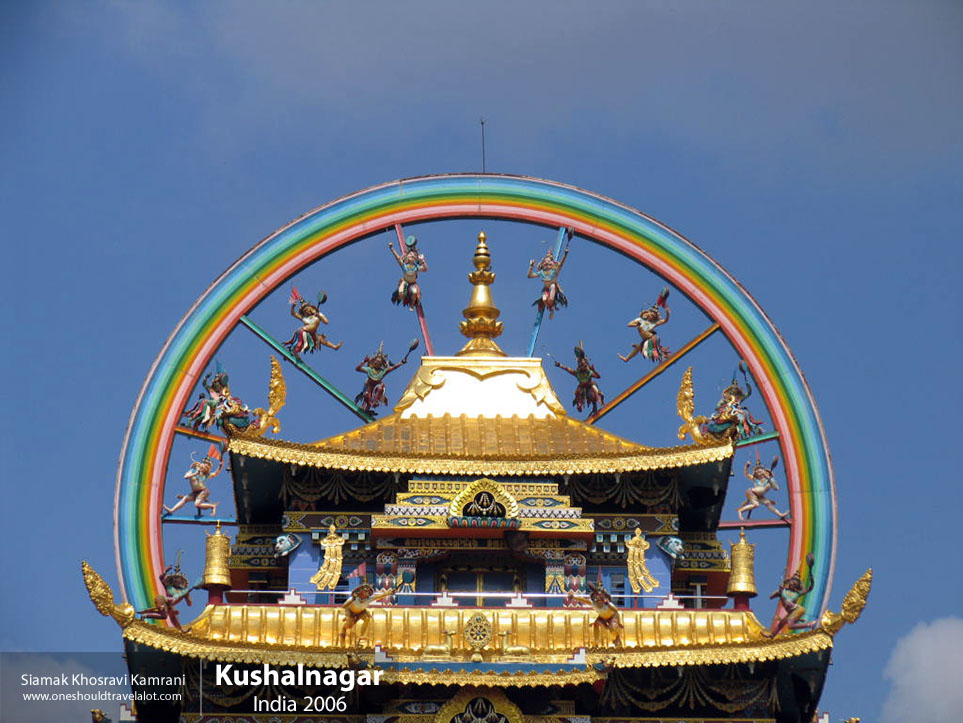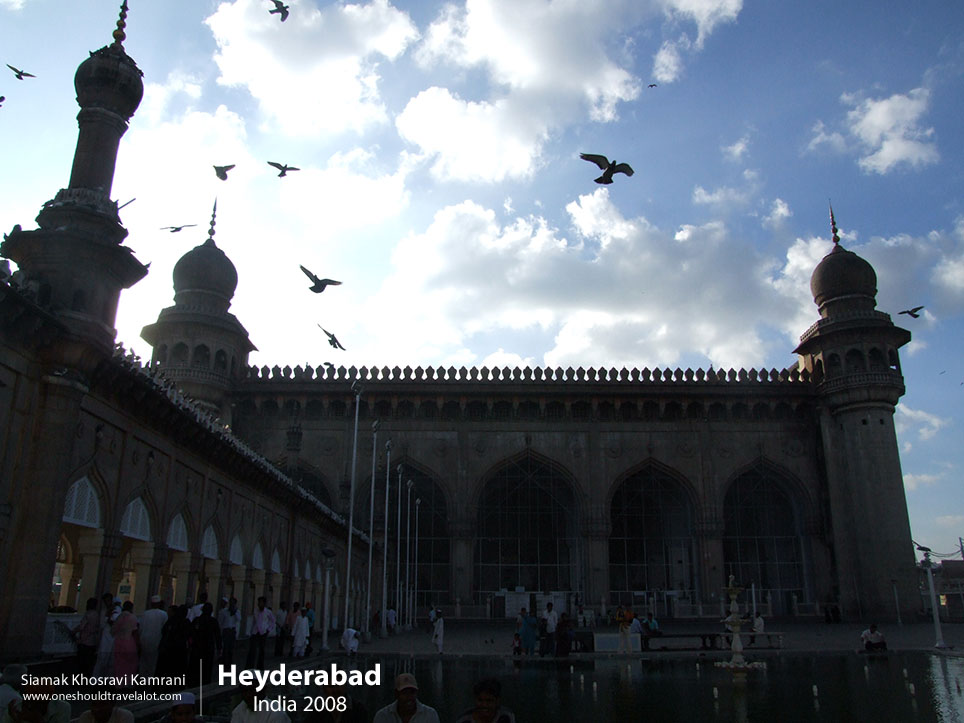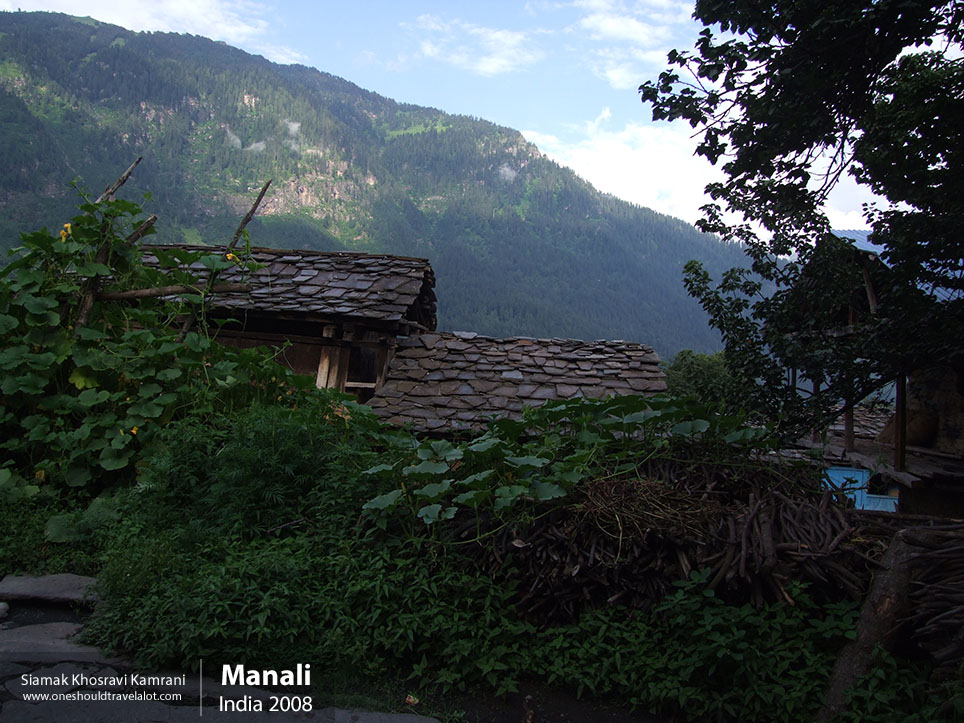Exploring Kanyakumari: The Southernmost Tip of India
Arrival and First Impressions
As a photographer, I often find myself drawn to places where the land meets the sea. Kanyakumari, located at the southernmost tip of India, is one such place where the confluence of three oceans – the Indian Ocean, the Arabian Sea, and the Bay of Bengal – creates a mesmerizing spectacle. My journey to Kanyakumari began with an early morning flight to Trivandrum, the nearest airport, followed by a scenic drive along the coast. The anticipation built up as the landscape changed, revealing the charm of coastal Tamil Nadu.
Upon arrival, the first thing that struck me was the town’s vibrant and serene atmosphere. Kanyakumari is not just a geographical marvel but also a cultural melting pot. The standard of living here is modest, reflecting the simplicity and contentment of its residents. The streets are lined with small shops selling seashell crafts, colorful sarees, and spices, while the aroma of fresh seafood fills the air. The sound of temple bells, mixed with the distant roar of the ocean, creates a symphony that is both calming and invigorating.
The Spectacle of Sunrise and Sunset
Kanyakumari is renowned for its spectacular sunrises and sunsets, where the sun seems to rise and set in the sea. On my first morning, I woke up early and made my way to the beach. The sky was still dark, but a faint glow on the horizon hinted at the impending sunrise. I set up my camera on the rocky shore, alongside a small crowd of locals and tourists who had gathered to witness the daily miracle.
As the sun emerged, the sky transformed into a canvas of orange, pink, and gold. The sight was breathtaking, and the experience of capturing it through my lens was profoundly moving. Each click of the shutter seemed to freeze a moment of pure beauty. In the evening, I headed to the Sunset Point, which offers an unobstructed view of the sun dipping into the ocean. The play of colors at dusk was equally enchanting, casting a warm, golden glow over the town.
Vivekananda Rock Memorial and Thiruvalluvar Statue
Kanyakumari is not just about natural beauty; it is also steeped in history and spirituality. Two iconic landmarks that dominate the seascape are the Vivekananda Rock Memorial and the Thiruvalluvar Statue. A short ferry ride took me to these majestic monuments, which stand on rocky islets a short distance from the shore.
The Vivekananda Rock Memorial, built in honor of Swami Vivekananda, who is said to have attained enlightenment here, is a place of deep tranquility. The architecture is a blend of various Indian styles, and the meditation hall inside offers a peaceful retreat from the bustling town. I spent some time here, reflecting on the teachings of Swami Vivekananda and capturing the serene surroundings through my lens.
Next to the memorial stands the imposing Thiruvalluvar Statue, a tribute to the celebrated Tamil poet and philosopher. The 133-foot-tall statue symbolizes the 133 chapters of his work, “Tirukkural.” The climb to the base of the statue offers a panoramic view of the town and the ocean, a perfect spot for photography.
Exploring the Local Culture
Kanyakumari’s culture is a rich tapestry woven with threads of Tamil and Kerala traditions. The town is a melting pot of languages, with Tamil being the predominant language, while Malayalam and English are also widely spoken. The people of Kanyakumari are warm and welcoming, their hospitality adding to the town’s charm.
I had the opportunity to visit the local markets, where the vibrant colors and diverse products provided endless photographic opportunities. From intricately designed jewelry to traditional silk sarees, each item told a story of the region’s heritage. The aroma of spices and fresh produce filled the air, and I couldn’t resist sampling some local delicacies. Kanyakumari’s cuisine is a delightful blend of Tamil and Kerala flavors, with seafood being a staple. I enjoyed a hearty meal of fish curry, appam, and coconut chutney at a local eatery, savoring the unique taste of coastal Tamil Nadu.
Temples and Spirituality
Kanyakumari is also known for its temples, each with its own unique architecture and history. The most famous is the Kanyakumari Amman Temple, dedicated to the goddess Kanya Kumari. According to legend, the goddess, an incarnation of Parvati, stands eternally as a virgin goddess guarding the shores of India. The temple, with its intricate carvings and serene ambiance, is a testament to the region’s deep-rooted spirituality.
I also visited the Suchindram Temple, located a short drive from Kanyakumari. This temple is unique as it is dedicated to the Trinity of Hinduism – Brahma, Vishnu, and Shiva. The temple’s gopuram (tower) and musical pillars are architectural marvels, and the idol of Hanuman, standing at 22 feet, is a sight to behold. Photographing these temples, with their intricate details and vibrant rituals, was an enriching experience.
The Gandhi Memorial
Another significant landmark in Kanyakumari is the Gandhi Memorial, built to honor Mahatma Gandhi. It was here that his ashes were kept before immersion in the ocean. The memorial’s architecture is designed in such a way that on Gandhi’s birthday, October 2nd, the sun’s rays fall directly on the spot where his ashes were placed. This place holds a deep historical significance, and capturing its essence through my camera was a poignant experience.
The Tranquil Beaches
Apart from the main beach, Kanyakumari has several lesser-known beaches that offer solitude and stunning views. Muttom Beach, located a few kilometers from the town, is a hidden gem with its rocky shores and clear waters. I spent an afternoon here, photographing the dramatic landscapes and enjoying the peaceful ambiance.
Another beautiful spot is Sanguthurai Beach, known for its white sands and gentle waves. This beach is less crowded, making it perfect for a quiet evening walk. The sight of fishermen bringing in their catch and the distant lighthouse provided excellent subjects for my photography.
Reflections on the Journey
My journey to Kanyakumari was a blend of visual delight and cultural immersion. The town’s unique location, where the land meets the sea, creates a serene and captivating environment. The friendly and welcoming locals, the rich cultural heritage, and the breathtaking natural beauty make Kanyakumari a photographer’s paradise.
As I packed my bags to leave, I felt a deep sense of gratitude for the experiences and memories I had gathered. Kanyakumari is not just a destination; it is a journey into the heart of India’s diverse cultural landscape. Each photograph I took is a testament to the town’s beauty and the stories it holds. For any traveler seeking a blend of nature, history, and culture, Kanyakumari is a destination that promises to leave a lasting impression.
Travel Tips for Kanyakumari
Best Time to Visit: The ideal time to visit Kanyakumari is from October to March when the weather is pleasant.
How to Reach: The nearest airport is Trivandrum International Airport, approximately 90 km away. Kanyakumari is well-connected by rail and road.
Accommodation: There are various options ranging from budget hotels to more comfortable stays. It is advisable to book in advance, especially during the peak season.
Local Cuisine: Don’t miss trying the local seafood and traditional Tamil and Kerala dishes.
Language: While Tamil is the predominant language, English and Malayalam are also widely understood.
Photography Tips: Sunrise and sunset are the best times for photography. Carry a wide-angle lens to capture the expansive landscapes and a zoom lens for detailed shots.
Visiting Kanyakumari is like stepping into a different world, where time slows down, and the natural beauty and rich culture take over. As a photographer, every moment here is an opportunity to capture the essence of India’s southernmost tip.



